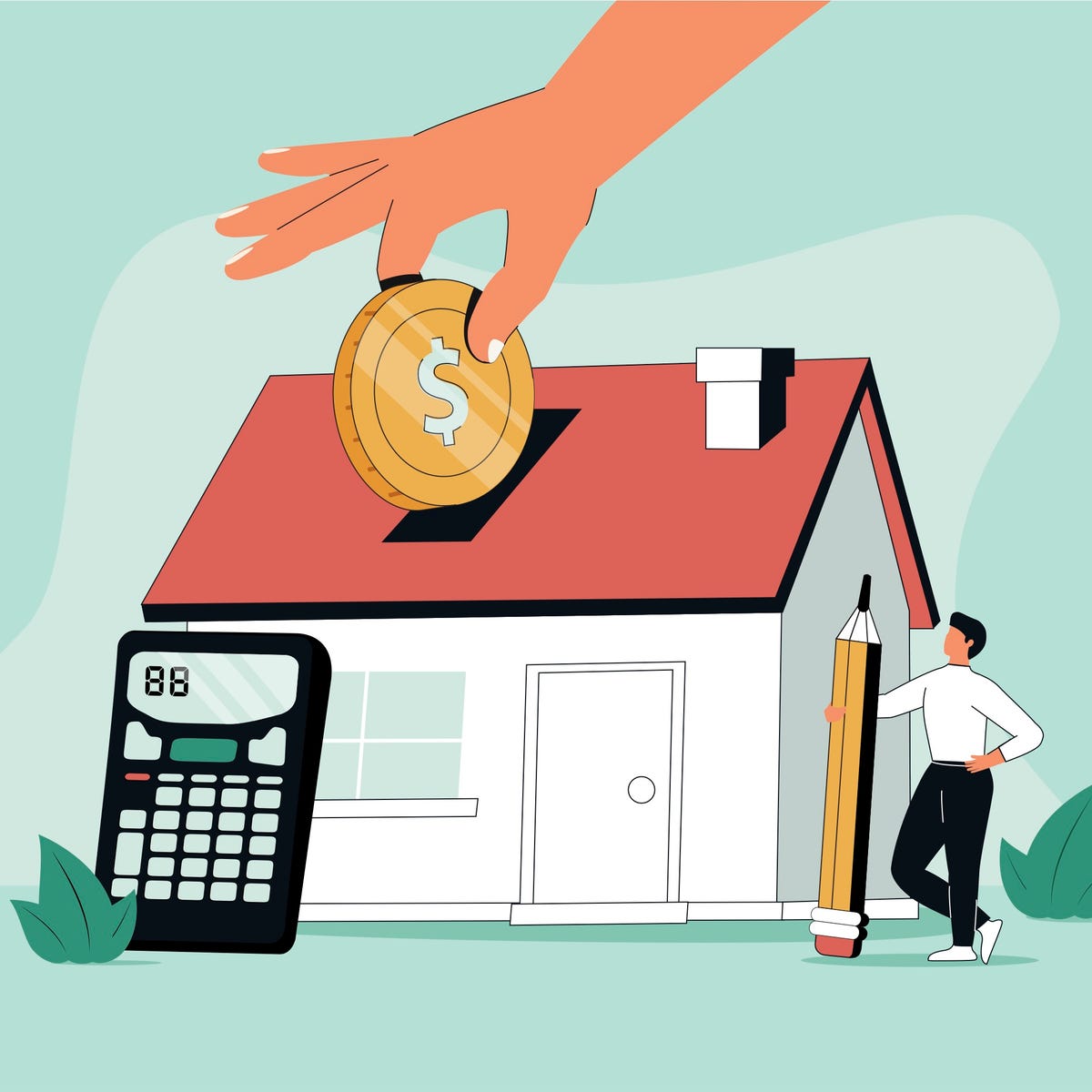You may recall the Tax Cuts and Jobs Act—the most substantial overhaul to the U.S. tax code in more than 30 years—went into effect on Jan. 1, 2018. The result was likely a big change to your taxes, especially the tax perks of homeownership. This revised tax code is still in effect today.
You may remember that during the height of the COVID-19 pandemic, the Internal Revenue Service delayed filing season by about two weeks. But just like last year, there are no extensions and the date for filing is April 18, 2023. (According to the IRS, “The due date is April 18, instead of April 15, because of the Emancipation Day holiday in the District of Columbia for everyone except taxpayers who live in Maine or Massachusetts. Taxpayers in Maine or Massachusetts have until April 19, 2023, to file their returns due to the Patriots’ Day holiday in those states.”)
You might be wondering what else you need to beware of before filing your 2022 taxes, like whether your work-from-home setup might qualify for a tax deduction.
Whatever questions you have, look no further than this complete guide to all the tax benefits of owning a home, where we run down all the tax breaks homeowners should be aware of when they file their 2022 taxes in 2023. Read on to ensure you aren’t missing anything that could save you money!

Tax break 1: Mortgage interest
Homeowners with a mortgage that went into effect before Dec. 15, 2017, can deduct interest on loans up to $1 million.
“However, for acquisition debt incurred after Dec. 15, 2017, homeowners can only deduct the interest on the first $750,000,” says Lee Reams Sr., chief content officer of TaxBuzz.
Why it’s important: The ability to deduct the interest on a mortgage continues to be a significant benefit of owning a home. And the more recent your mortgage, the greater your tax savings.
“The way mortgage payments are amortized, the first payments are almost all interest,” says Wendy Connick, owner of Connick Financial Solutions. (See how your loan amortizes and how much you’re paying in interest with this online mortgage calculator.)
Note that the mortgage interest deduction is an itemized deduction. This means that for it to work in your favor, all of your itemized deductions (there are more below) need to be greater than the new standard deduction, which the Tax Cuts and Jobs Act nearly doubled.
And note that those standard deduction amounts increased for the 2022 tax year. For individuals, the deduction is now $12,950, and it’s $25,900 for married couples filing jointly. The deduction also went up to $19,400 for the head of household. And if you’re 65 or older, you can add on an extra $1,400 per person if married and filing jointly or an extra $1,750 if you’re a head of household or a single filer.
As a result of these increased standard deductions, itemizing your deductions may simply not be worth it this filing season.
So when would itemizing work in your favor? As one example, if you’re a married couple under 65 who paid $20,000 in mortgage interest and $6,000 in state and local taxes, you would exceed the standard deduction and be able to reduce your taxable income by itemizing.
Tax break 2: Property taxes
This deduction is capped at $10,000 for those married filing jointly no matter how high the taxes are. (Here’s more info on how to calculate property taxes.)
Why it’s important: Taxpayers can take one $10,000 deduction, says Brian Ashcraft, director of compliance at Liberty Tax Service.
Just note that property taxes are on that itemized list of all of your deductions that must add up to more than your particular standard deduction to be worth your while.
And remember that if you have a mortgage, your property taxes are built into your monthly payment.
Tax break 3: Energy efficiency upgrades
According to Bishop L. Toups, a taxation attorney in Venice, FL, qualifying solar electric panels and solar water heaters are good for a credit of up to 30% of the cost of the equipment and installation.
And you can also nab an energy-efficient home improvement lifetime credit of a $500 for improvements made to your home through December 31, 2022. Energy-efficient upgrades include things like exterior windows, doors and skylights, insulation, and the cost of home energy audits.
Here’s some more good news, the IRA passed an extension and expansion of the credit, so starting January 1, 2023, the amended credit will be worth up to $1,200 per year for a qualifying property.
Tax break 4: A home office
Good news for all self-employed people whose home office is the principal place where they work: You can deduct $5 per square foot, up to 300 square feet, of office space, which amounts to a maximum deduction of $1,500.
For those who can take the deduction, understand that there are very strict rules on what constitutes a dedicated, fully deductible home office space. Here’s more on the much-misunderstood home office tax deduction.
The fine print: The bad news for everyone still working remotely? Unfortunately, if you are a W-2 employee, you’re not eligible for the home office deduction under the CARES Act, even if you spent most of 2022 in your home office.
Tax break 5: Home improvements to age in place
To get this break, these home improvements will need to exceed 7.5% of your adjusted gross income. So if you make $60,000, this deduction kicks in only on money spent over $4,500.
The cost of these improvements can result in a nice tax break for many older homeowners who plan to age in place and add renovations such as wheelchair ramps or grab bars in bathrooms. Deductible improvements might also include widening doorways, lowering cabinets or electrical fixtures, and adding stairlifts.
The fine print: You’ll need a letter from your doctor to prove these changes were medically necessary.
Tax break 6: Interest on a home equity line of credit
If you have a home equity line of credit, or HELOC, the interest you pay on that loan is deductible only if that loan is used specifically to “buy, build, or improve a property,” according to the IRS. So you’ll save cash if your home’s crying out for a kitchen overhaul or half-bath. But you can’t use your home as a piggy bank to pay for college or throw a wedding.
The fine print: You can deduct only up to the $750,000 cap, and this is for the amount you pay in interest on your HELOC and mortgage combined. (And if you took out a HELOC before the new 2018 tax plan for anything besides improvements to your home, you cannot legally deduct the interest.)
For this and related articles, please visit Realtor.com













